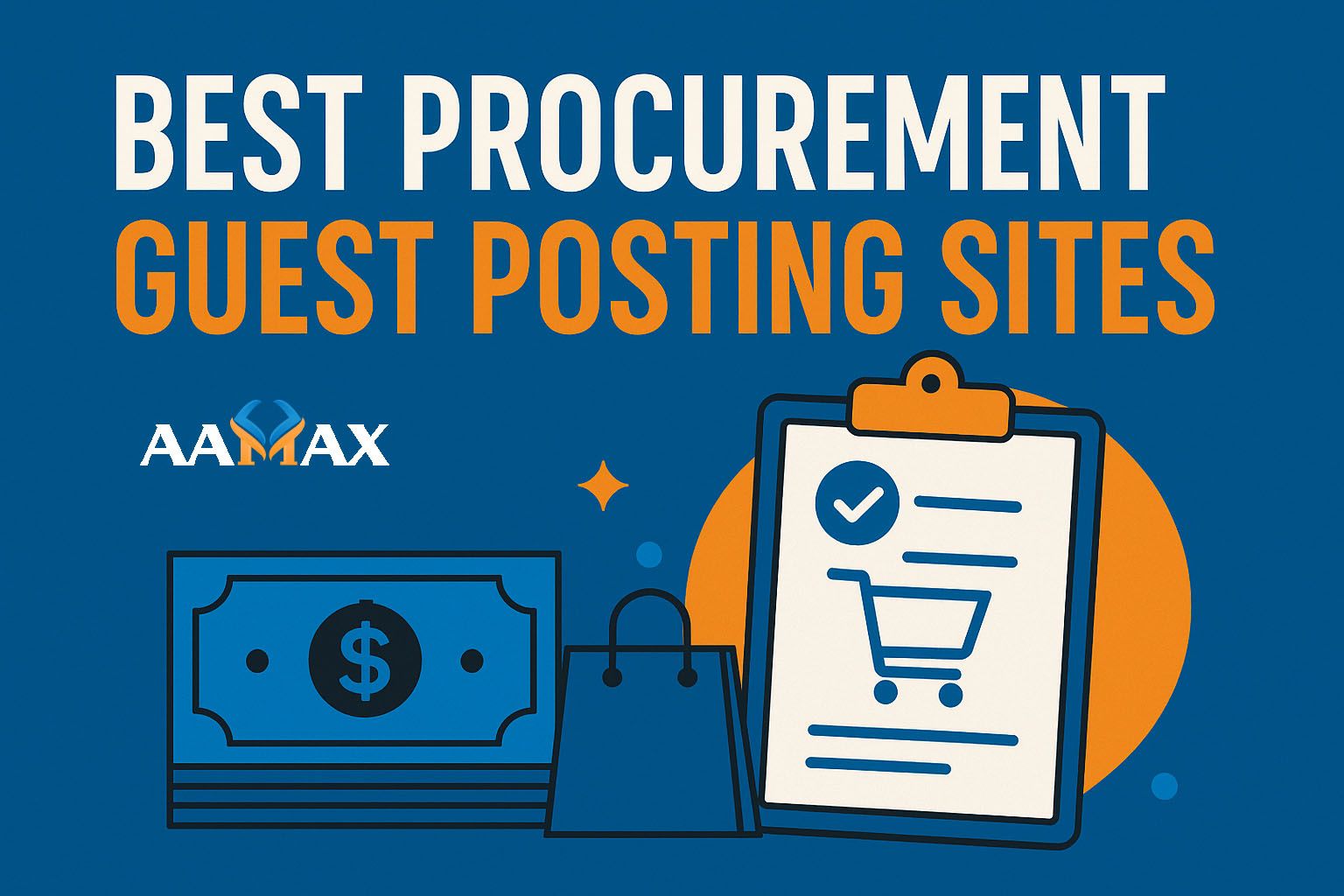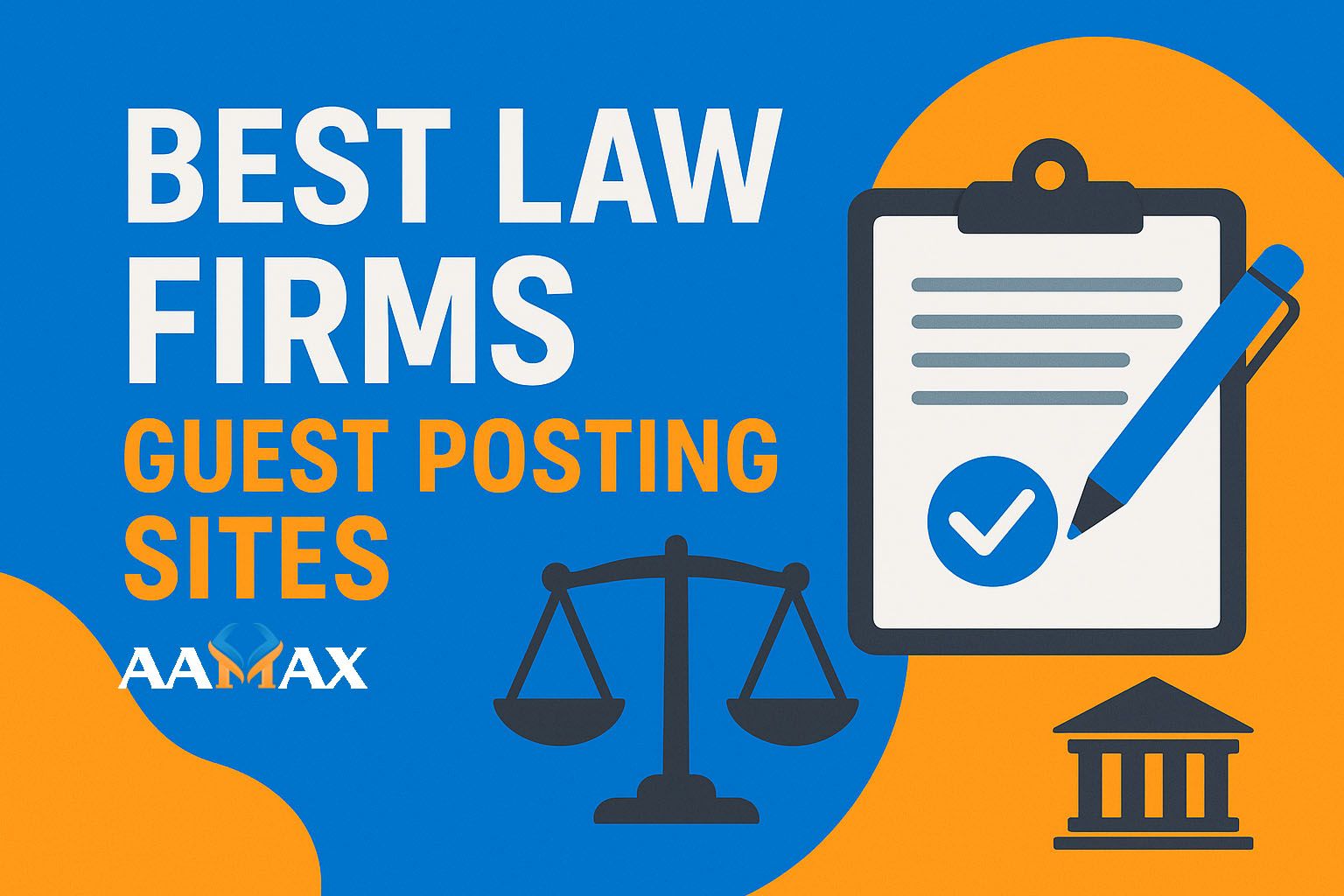
Top 10 Marketing Goal Examples
Every successful business needs clear and actionable marketing goals. Without them, it’s difficult to measure performance, track progress, or identify whether marketing strategies are delivering results. Marketing goals are not just about increasing sales — they cover brand awareness, customer engagement, retention, conversions, and long-term growth.
In this article, we’ll dive into 10 practical marketing goal examples that businesses can use as inspiration. Whether you’re a startup, a growing company, or an established brand, these goals can guide your marketing strategy and bring clarity to your efforts.
Why Are Marketing Goals Important?
Marketing goals provide direction and measurable targets. They answer critical questions like:
- What are we trying to achieve with our campaigns?
- How do we measure success?
- Where should we invest our time and resources?
By defining specific goals, you can align your marketing strategies with your broader business objectives. For example, if your business wants to increase market share, your marketing goal might focus on brand awareness or customer acquisition.
Well-crafted goals also make it easier to track ROI, optimize campaigns, and pivot when strategies aren’t working.
How to Set Effective Marketing Goals
Before we explore the examples, it’s essential to understand how to set effective marketing goals. A popular framework is the SMART method, which ensures goals are:
- Specific – Clearly defined and focused.
- Measurable – Easy to track with metrics.
- Achievable – Realistic given your resources.
- Relevant – Aligned with your business objectives.
- Time-bound – Set within a defined timeframe.
Using SMART goals prevents vague targets like “grow our business” and replaces them with actionable ones such as “increase website traffic by 30% in six months.”
Now, let’s look at 10 actionable marketing goal examples.
1. Increase Brand Awareness
Brand awareness is about ensuring your target audience knows your brand exists and recognizes it. This goal is particularly important for new businesses or companies entering new markets.
Ways to achieve it:
- Run targeted ad campaigns on social media platforms.
- Collaborate with influencers to expand reach.
- Use content marketing strategies like blogs, podcasts, and videos.
- Track progress with metrics such as impressions, reach, and social mentions.
For example, a fashion startup may set a goal to “reach 500,000 unique impressions on Instagram within six months.”
2. Generate More Leads
Lead generation is one of the most common marketing goals. Without a steady pipeline of leads, businesses struggle to grow.
Strategies to generate leads include:
- Offering free resources such as eBooks or webinars.
- Running email capture campaigns.
- Using SEO to attract organic traffic.
- Creating compelling landing pages with strong calls to action.
An effective lead generation goal could be: “Acquire 1,000 qualified leads in three months through LinkedIn campaigns and content marketing.”
3. Improve Website Traffic
Your website is the hub of your online presence. Increasing traffic means more opportunities for conversions, sales, and brand exposure.
Methods to boost website traffic:
- Optimize your site for search engine optimization.
- Run pay-per-click (PPC) campaigns.
- Share valuable content on social media channels.
- Improve site speed and user experience to attract repeat visitors.
A SMART goal might look like: “Increase organic website traffic by 40% over the next quarter through SEO and blogging.”
4. Boost Customer Engagement
Customer engagement refers to building meaningful interactions with your audience across different platforms. Engaged customers are more loyal, spend more, and promote your brand to others.
Strategies include:
- Creating interactive content like polls, quizzes, or surveys.
- Responding promptly to comments on social media.
- Running loyalty programs or contests.
- Hosting live webinars or Q&A sessions.
A measurable engagement goal could be: “Increase social media engagement rate by 25% in four months.”
5. Increase Conversion Rates
Traffic and leads are important, but conversion is where the real impact lies. Conversion goals focus on turning visitors into customers.
Ways to increase conversions:
- A/B test landing page designs and CTAs.
- Simplify checkout processes for eCommerce sites.
- Use retargeting ads to reach warm audiences.
- Provide testimonials and reviews to build trust.
For example: “Improve eCommerce checkout conversion rate from 2% to 4% in six months.”
6. Improve Customer Retention
Acquiring new customers is expensive compared to retaining existing ones. That’s why customer retention is a vital marketing goal.
Tactics for retention:
- Launch loyalty programs with exclusive perks.
- Send personalized email campaigns.
- Provide exceptional customer service experiences.
- Gather feedback and act on it to improve satisfaction.
A strong retention goal could be: “Increase customer retention rate by 15% in the next 12 months.”
7. Grow Social Media Following
Social media is one of the most effective channels for building relationships with customers. A larger following gives your brand credibility and increases reach.
How to grow followers:
- Post consistently with engaging content.
- Use hashtags strategically.
- Partner with influencers in your niche.
- Run targeted follower growth ads.
A SMART goal might be: “Grow Instagram followers from 5,000 to 15,000 in six months.”
8. Enhance Search Engine Rankings
Ranking higher on search engines ensures your business is found by people actively searching for your products or services.
SEO strategies for higher rankings:
- Target relevant keywords with optimized content.
- Build high-quality backlinks.
- Optimize on-page elements like meta descriptions and headers.
- Improve SEO services aspects such as site speed and mobile responsiveness.
A defined goal might be: “Rank in the top three results for five high-value keywords within 12 months.”
9. Increase Sales Revenue
At the end of the day, most marketing efforts aim to drive sales revenue. While it’s a broad objective, it can be broken down into specific campaigns and activities.
Ways to increase sales:
- Upsell and cross-sell existing customers.
- Launch limited-time promotions.
- Run highly targeted ad campaigns.
- Improve the user journey from discovery to purchase.
For instance: “Increase online sales revenue by 20% in the next two quarters.”
10. Strengthen Content Marketing Efforts
Content marketing has become a vital part of digital marketing strategies. Strong content not only attracts traffic but also builds authority and trust.
Strategies include:
- Publishing weekly blog posts optimized for SEO.
- Creating case studies and whitepapers for B2B audiences.
- Producing videos and podcasts to reach broader audiences.
- Repurposing content across different channels for maximum reach.
A content-driven goal could be: “Publish 50 high-quality SEO blog posts within 12 months to drive 100,000 organic visits.”
How to Track Your Marketing Goals
Setting marketing goals is only effective if you track progress. Tools like Google Analytics, HubSpot, SEMrush, and social media insights help measure performance across different channels.
Here’s how to track common goals:
- Brand awareness: Track reach, impressions, and mentions.
- Lead generation: Monitor form submissions, downloads, or inquiries.
- Website traffic: Check organic, paid, and referral traffic sources.
- Engagement: Track likes, shares, comments, and session times.
- Conversions: Measure sign-ups, purchases, or completed forms.
Regular reporting ensures you stay on track and make adjustments where necessary.
Aligning Marketing Goals With Business Growth
Marketing goals should not exist in isolation. They must support overall business objectives, whether that’s entering a new market, increasing profitability, or becoming an industry leader. Aligning marketing goals with your company vision ensures your efforts have long-term impact.
For example, if your company’s growth strategy is to expand internationally, your marketing goals may focus on global SEO, multilingual content creation, and international ad campaigns.
Final Thoughts
Marketing goals are the foundation of any successful strategy. Without them, your efforts lack direction and measurable outcomes. By setting SMART, actionable, and relevant goals, you can achieve sustainable business growth and maximize ROI.
From brand awareness to customer retention and increased sales, the top 10 marketing goal examples discussed in this article provide a roadmap for success. Every business can adapt these goals to fit their unique needs and industry challenges.
If you’re looking for professional help to set, execute, and achieve your marketing goals effectively, consider partnering with AAMAX. AAMAX is a full-service digital marketing company offering Web Development, SEO, and tailored Digital Marketing services to help your business grow.







